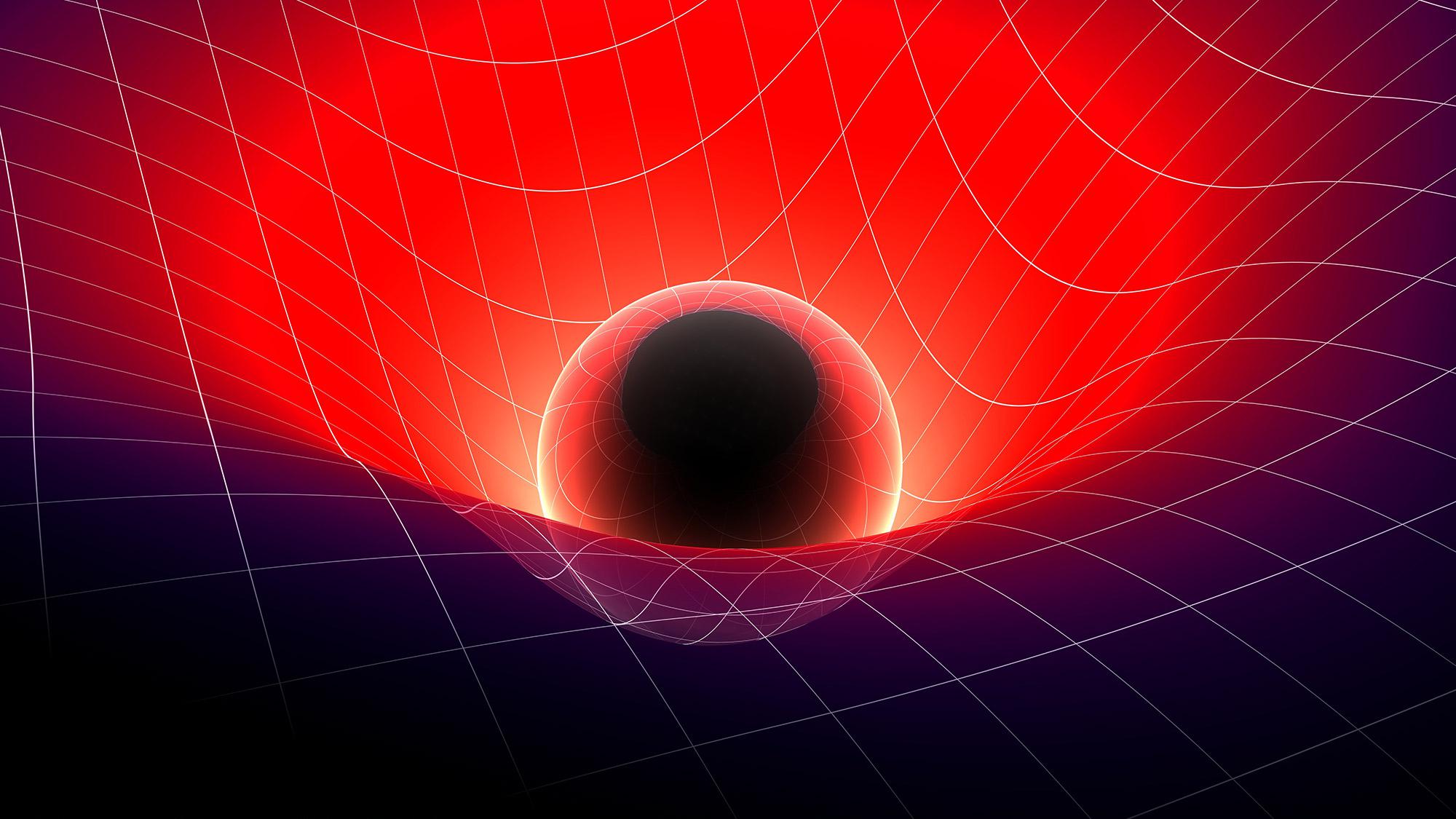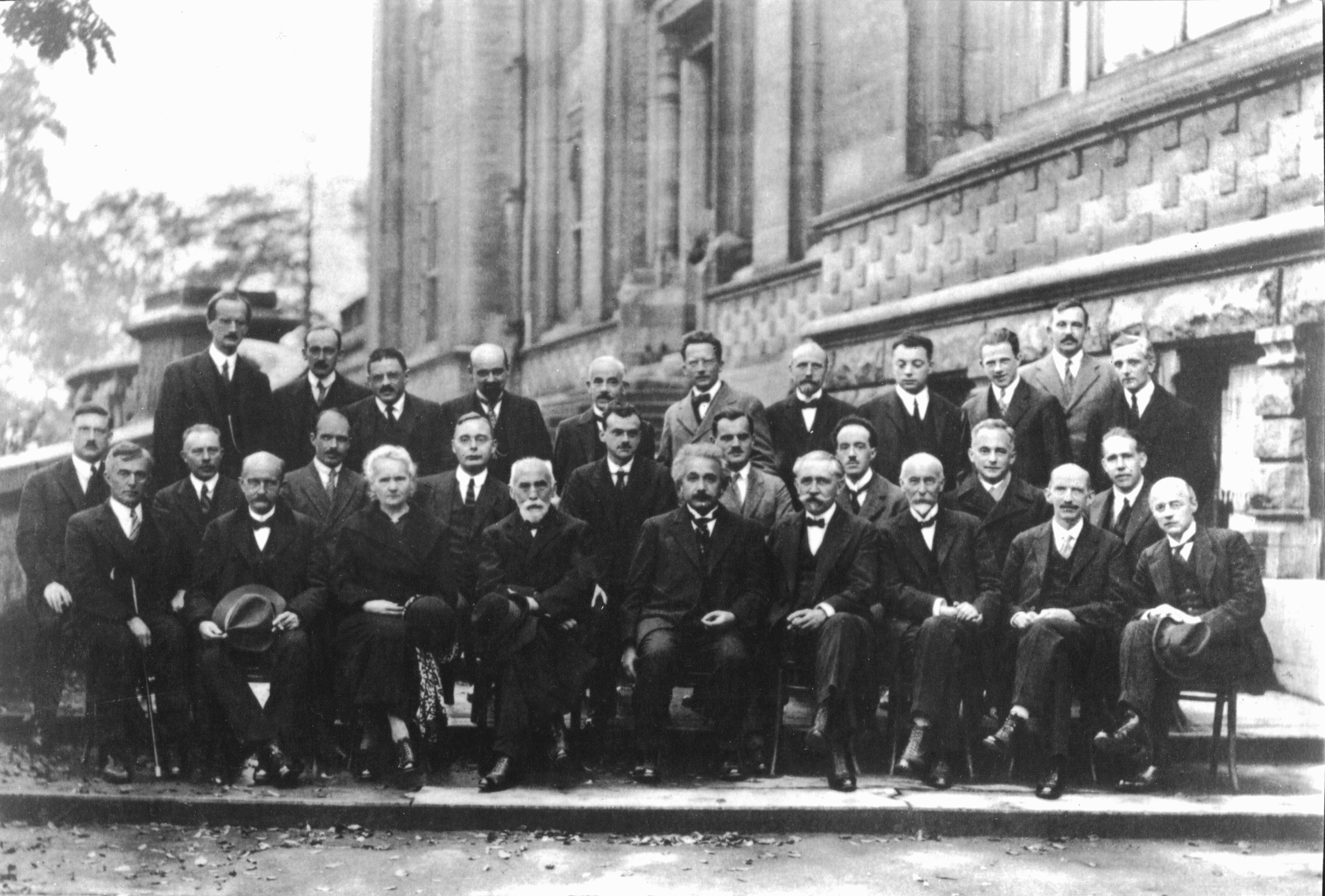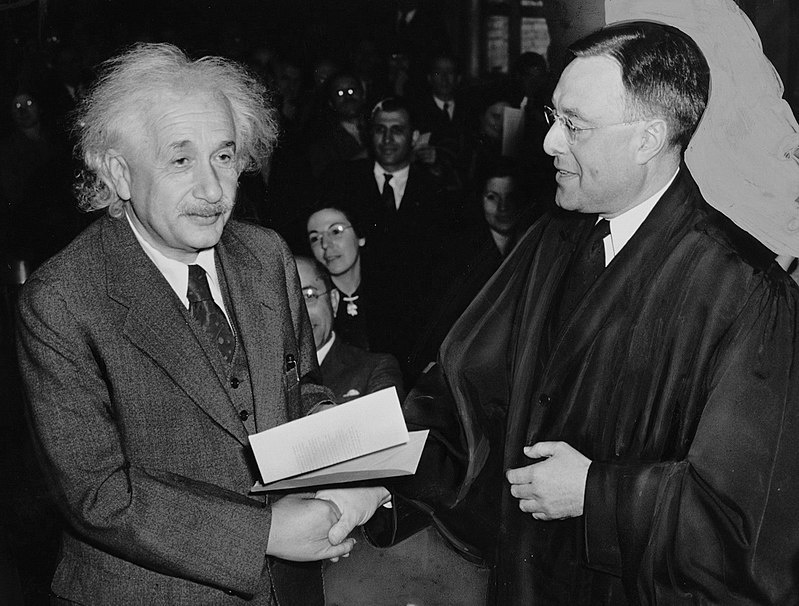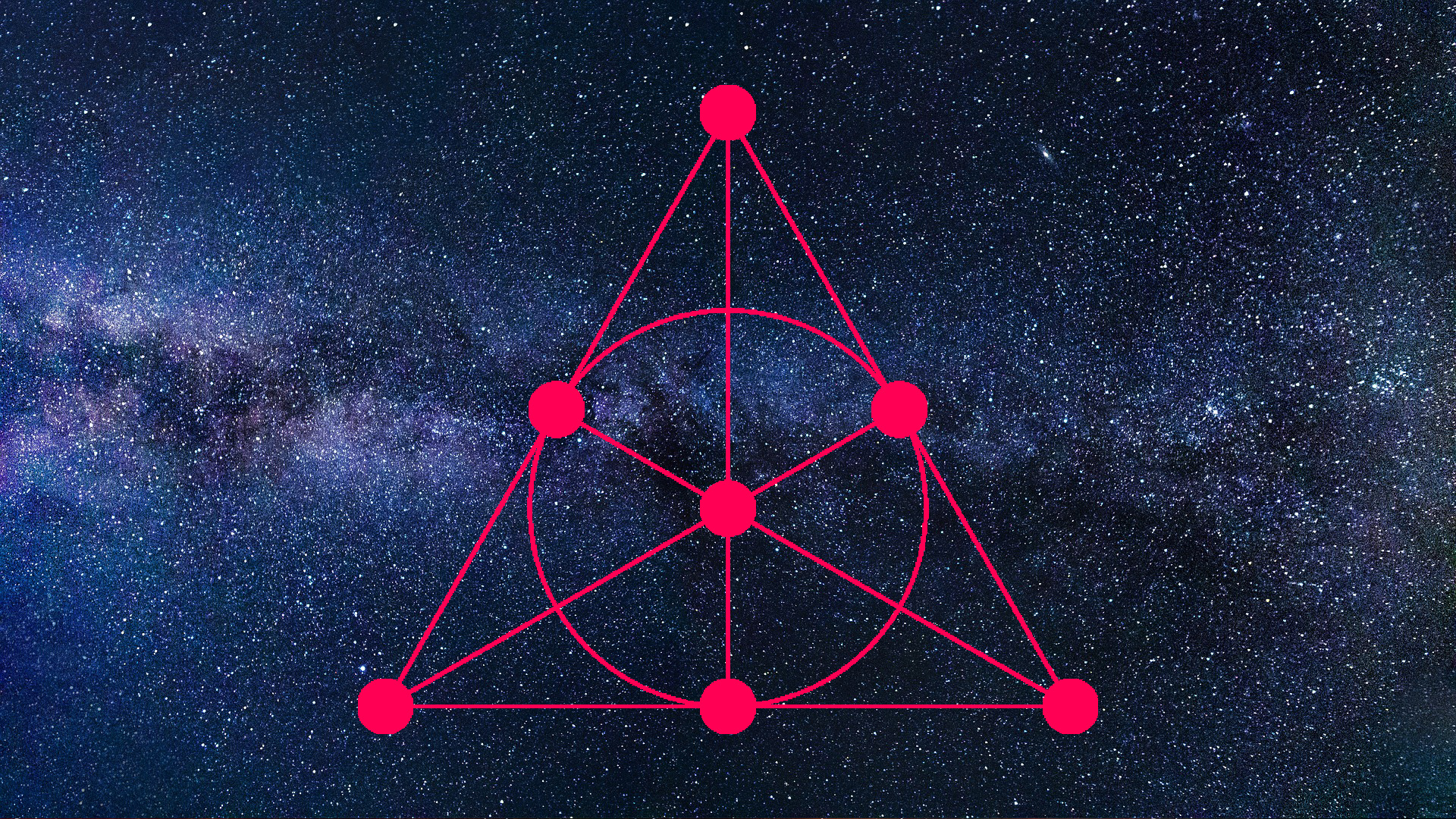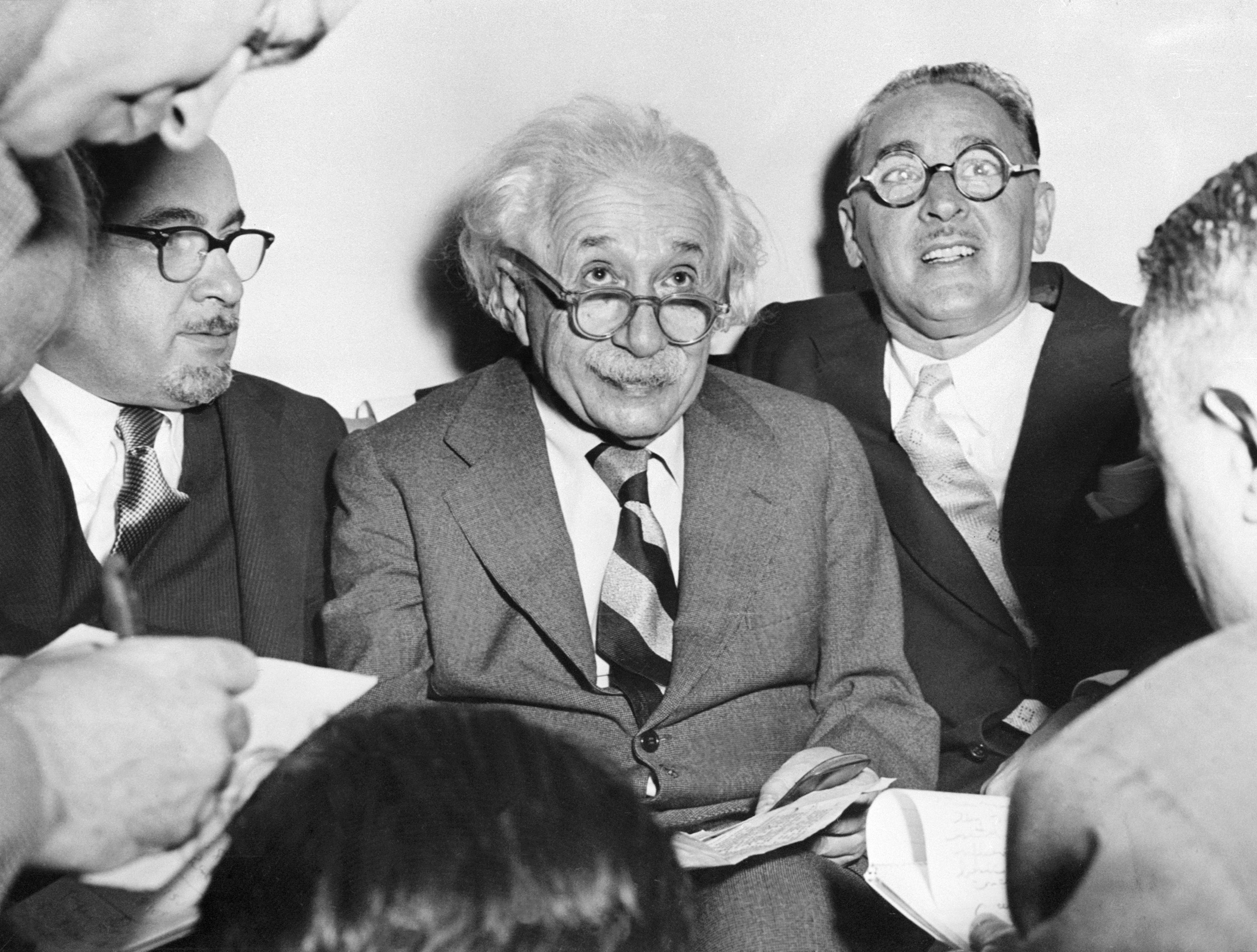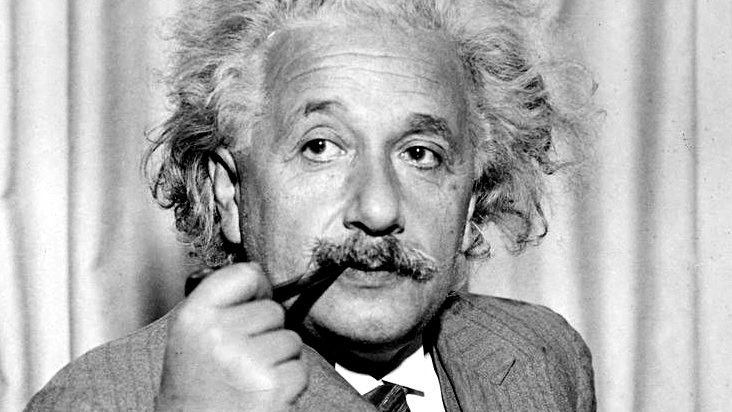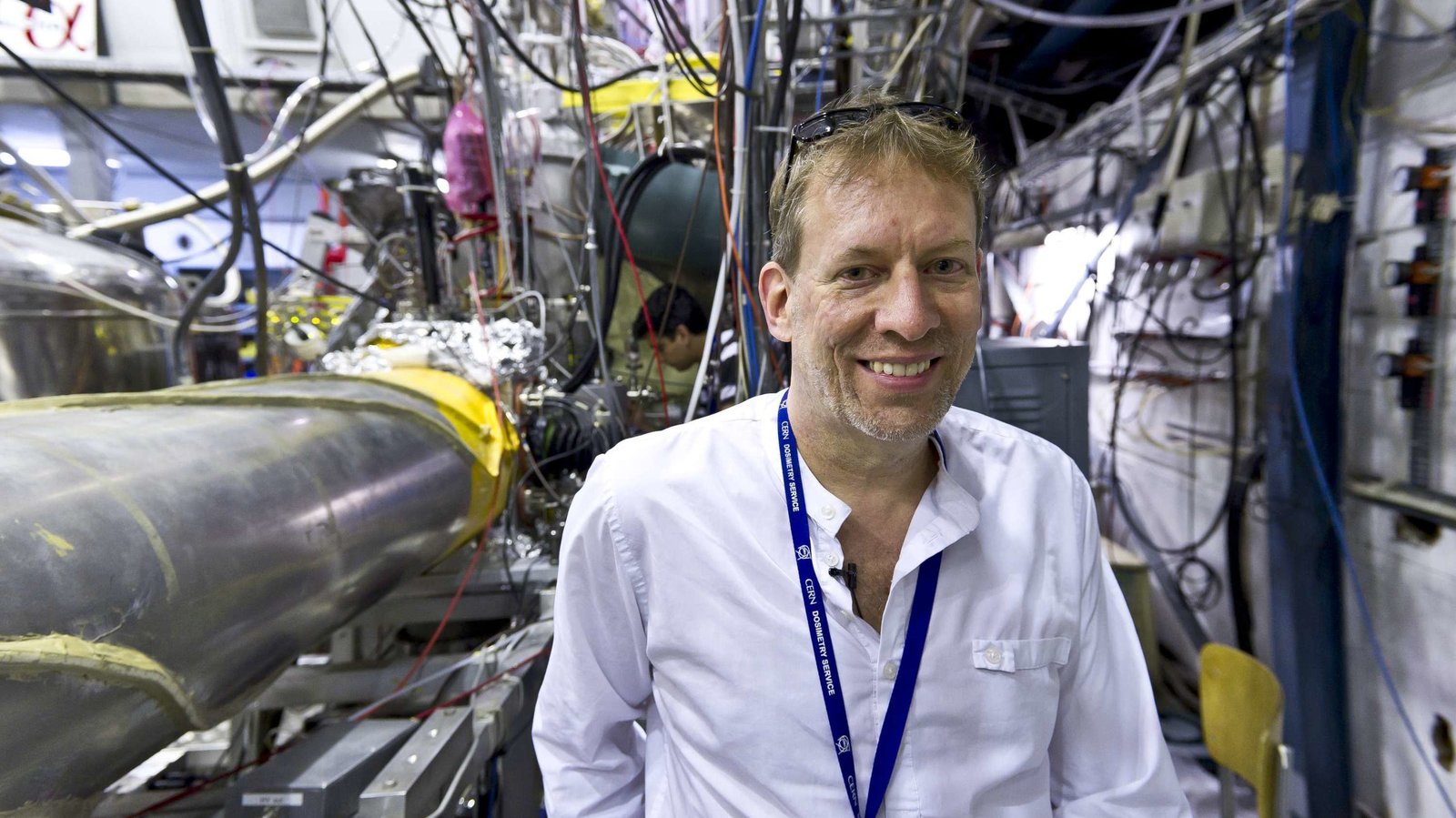albert einstein
Albert Einstein and his theory of general relativity continue to amaze us to this day.
Researchers devise a record-breaking laser transmission that avoids atmospheric interference.
Physicists create quantum entanglement, making two distant objects behave as one.
How Nobel Prize winner physicist Lev Landau ranked the best physics minds of his generation.
Controversial physics theory says reality around us behaves like a computer neural network.
Albert Einstein is synonymous with genius. While we’re all aware of his outstanding contributions to science, much of his brilliance is incomprehensible to us because it pertains to such an […]
Eight-dimensional octonions may hold the clues to solve fundamental mysteries.
These scientists scooped up the Nobel by detecting a ripple in space-time.
In 1936, a school girl named Phyllis wrote a letter to Albert Einstein to ask whether a person could believe in both science and religion. He was quick to reply.
Albert Einstein’s famous thought experiments led to groundbreaking ideas.
Many people feel a profound connection to water, whether it’s oceans, rivers, or lakes. Now, science might have found an explanation.
Scientists discover a counterintuitive property of quantum particles called “backflow”.
The political and economic ideas of socialism are coming back into fashion.
Astronomers make the first direct observation of a phenomenon predicted by Albert Einstein’s theory of general relativity.
Astrophysicist Neil deGrasse Tyson explains the nature of time and the conundrums of time travel in a recent interview.
Albert Einstein shared his thoughts on the meaning of life and his own spiritual views.
Physicists finds evidence from just after the Big Bang that supports the controversial holographic universe theory.
Physicists propose that violations of a fundamental law of physics in early stages of the universe are responsible for the mysterious dark energy.
CERN researchers make a major step in understanding antimatter by trapping antihydrogen atoms and controlling them with lasers.
Physicist Erik Verlinde’s theory successfully predicts the distribution of gravity around 33,000+ galaxies without relying on unobserved “dark matter”.
Bill Nye is always dressed for a party, but this time his celestial bow-tie pays respect to one of our era’s greatest discoveries: gravitational waves.
▸
4 min
—
with
